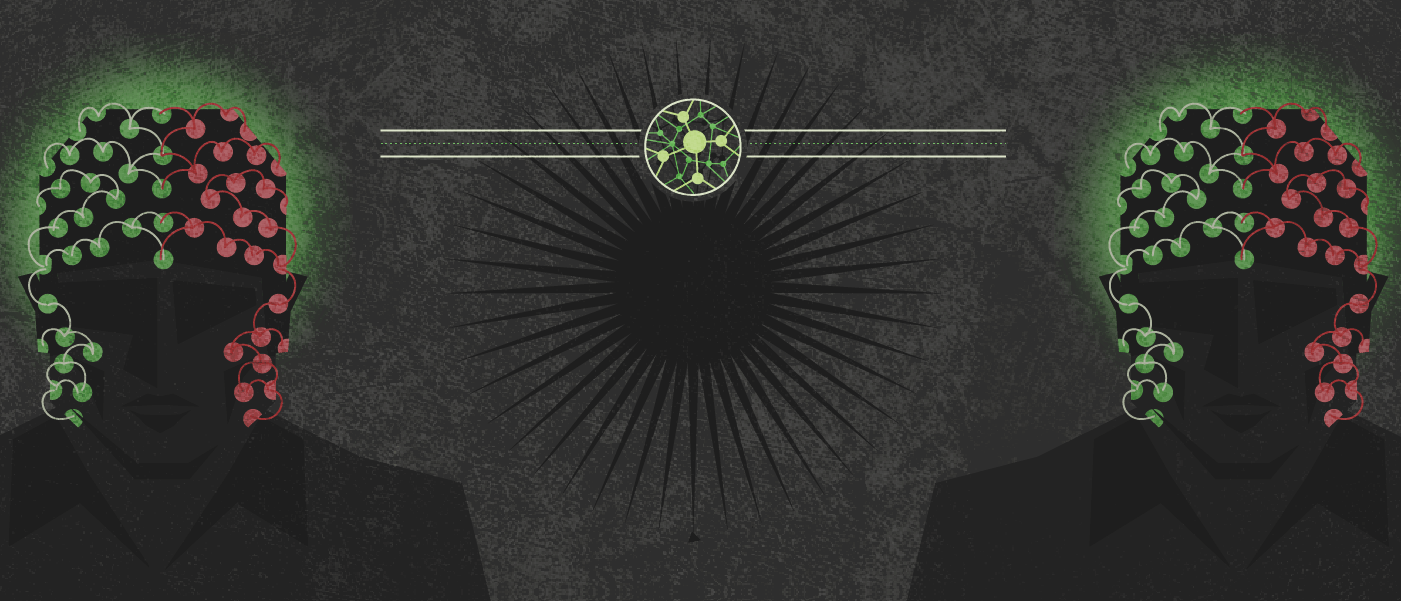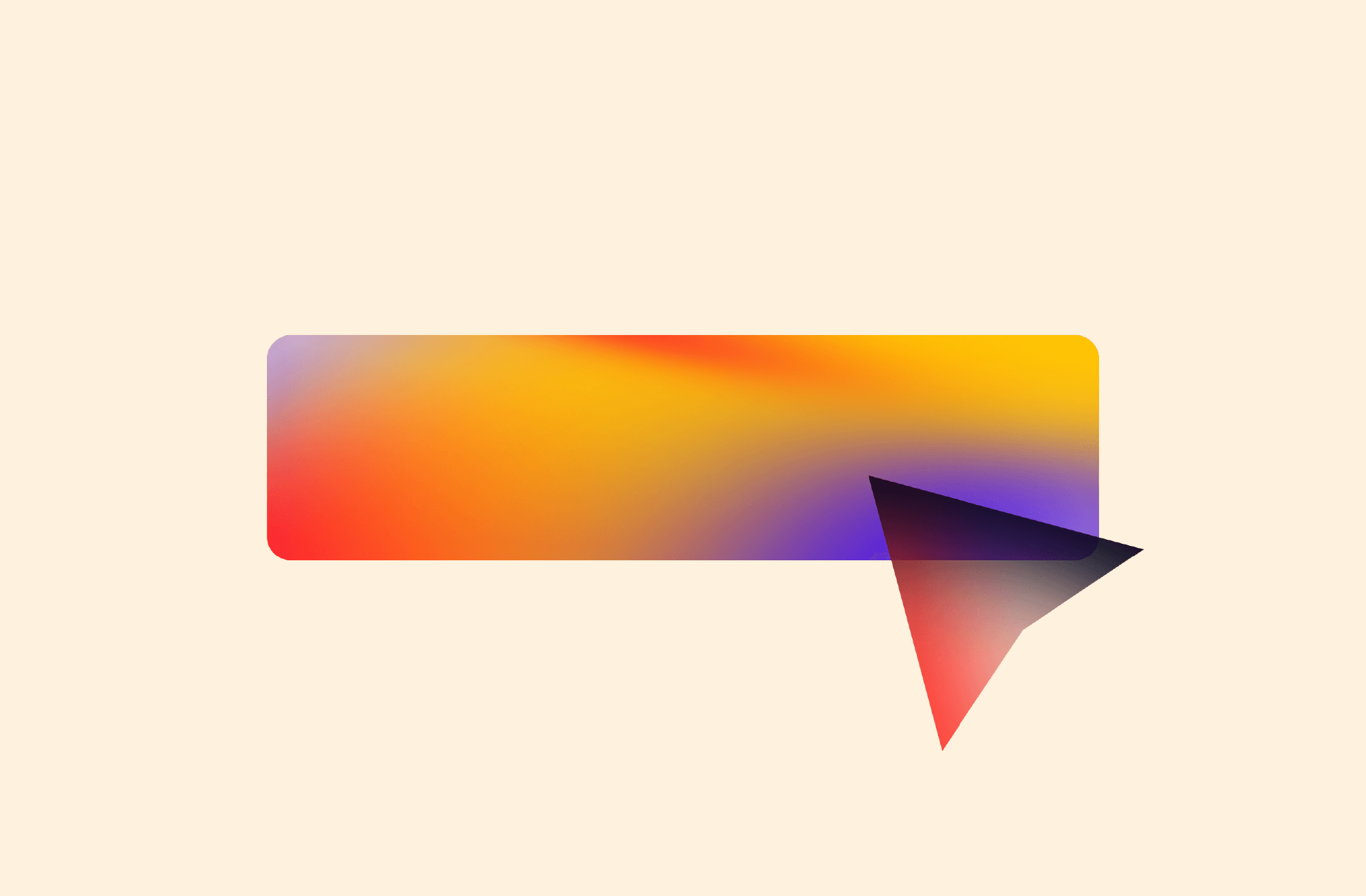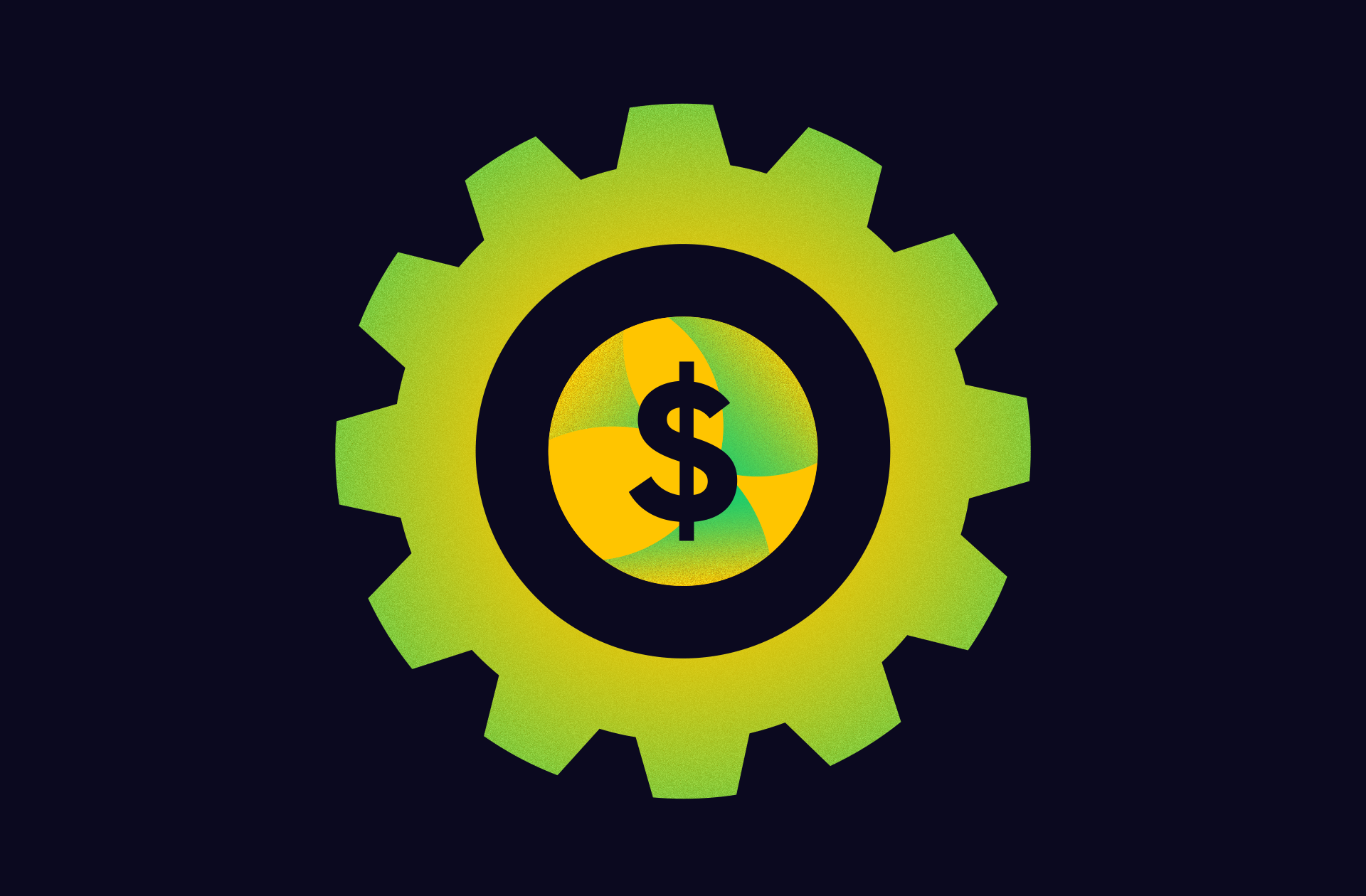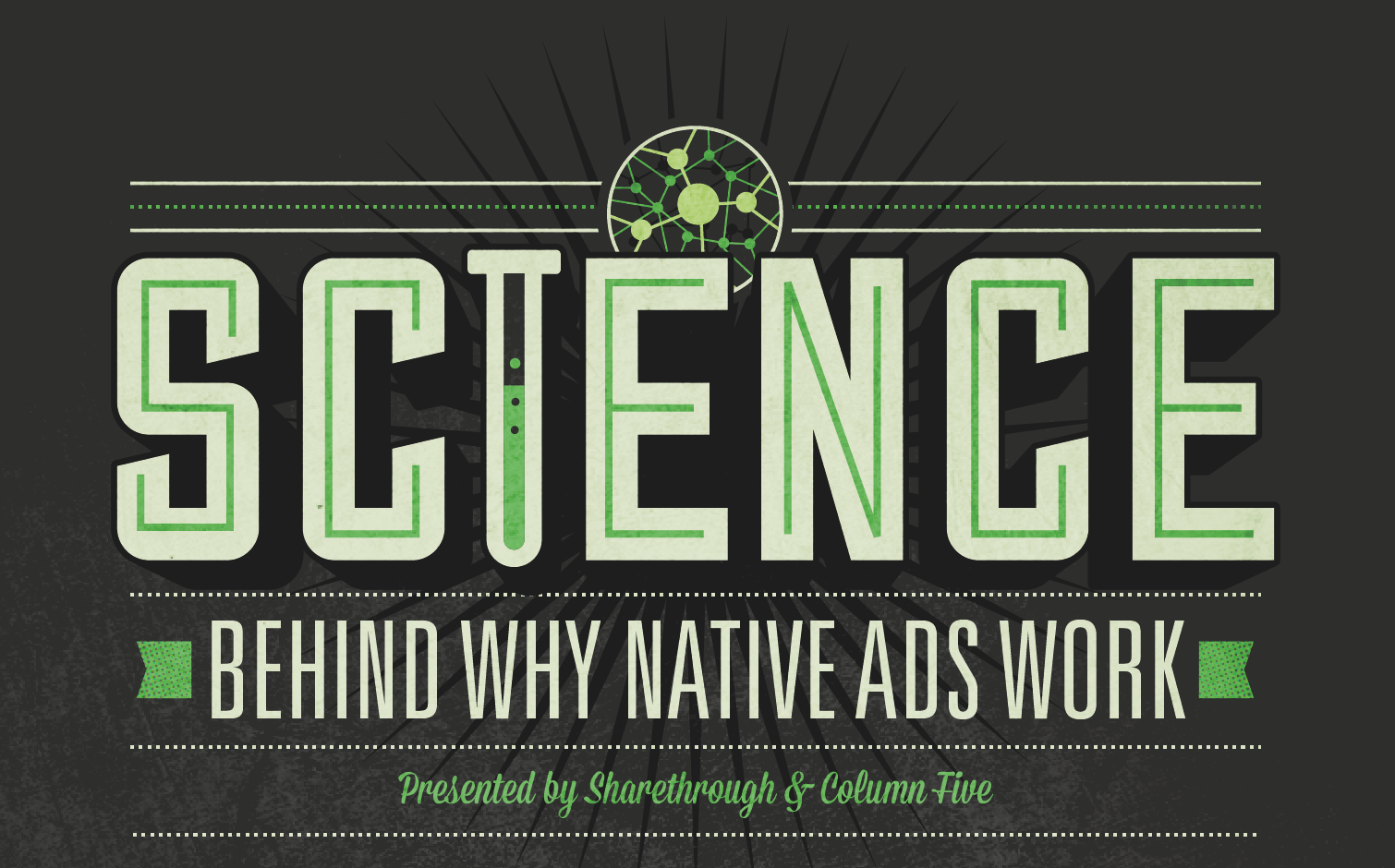
Content is only as good as a brand’s ability to share it. As content saturates the marketplace, however, sharing has become a bit more complicated. To help provide some answers, we teamed up with Sharethrough to create this interactive microsite on The Science Behind Native Ads. The microsite visualizes native ads’ superiority to banner ads and details how brands can optimize them to increase retention, shareability, and brand affinity.
The Human Brain + Native Ads
In an effort to scientifically communicate the value of native ads, we turned to neuroscience, which helps us look into the consumer’s mind and understand how decisions are made. Scientists say our brains haven’t evolved in 50,000 years! That means we make decisions the same way we did more than 50 millennia ago. The thing that has changed is our technology.

Today, we live in a mobile age. Content is constantly at our disposal. The proliferation of smartphones and tablets has profoundly changed the way people consume content. This is important to understand because, although our brains haven’t changed, advancement in technology has been the driving factor in changing consumer behavior.
Banner Ads vs. Native Ads
Most marketers only tap into 5% of the consumer’s brain (the conscious part), but the other 95% (the subconscious part) is responsible for driving choices and actions. This is where native ads really show their value. Native ads have the power to influence users at a subconscious level.
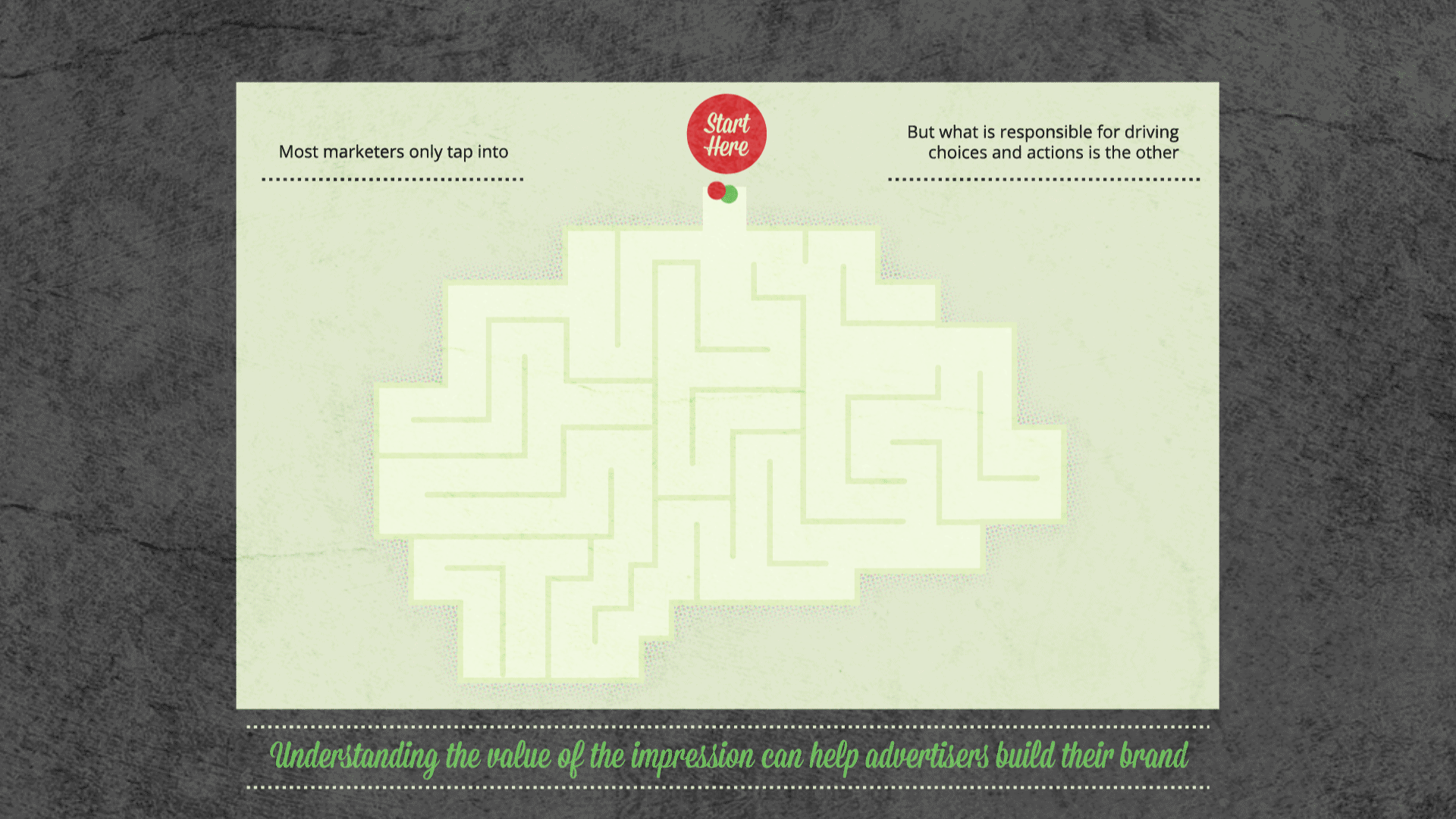
The idea is rather simple: People see banner ads, but they truly read native ads. Banner ads typically display as a banner across the top or a static image in the right rail of a website. Native ads are placed inside user’s feeds, however, becoming part of the experience of consuming relevant content. This is why native ads have the power to influence users. People are actually reading native ads, which means consumers engage with them at more than a surface level.

The Native Ad Value
With the act of reading, native ads tap into more brain space. They deliver more focus, more time, more meaning, more subconscious impact, and more conscious impact.

Unlike banner ads, native ads are effective because they require the use of the entire brain. A banner ad, which is typically an image, only requires the use of the right side of the brain—the part that handles image processing and multitasking. A native ad, on the other hand, requires both image processing (using the right side of the brain) and text processing (using the left side of the brain). By requiring use of the entire brain, native ads result in greater engagement, recall, and influence. It all makes sense, when you think about it.
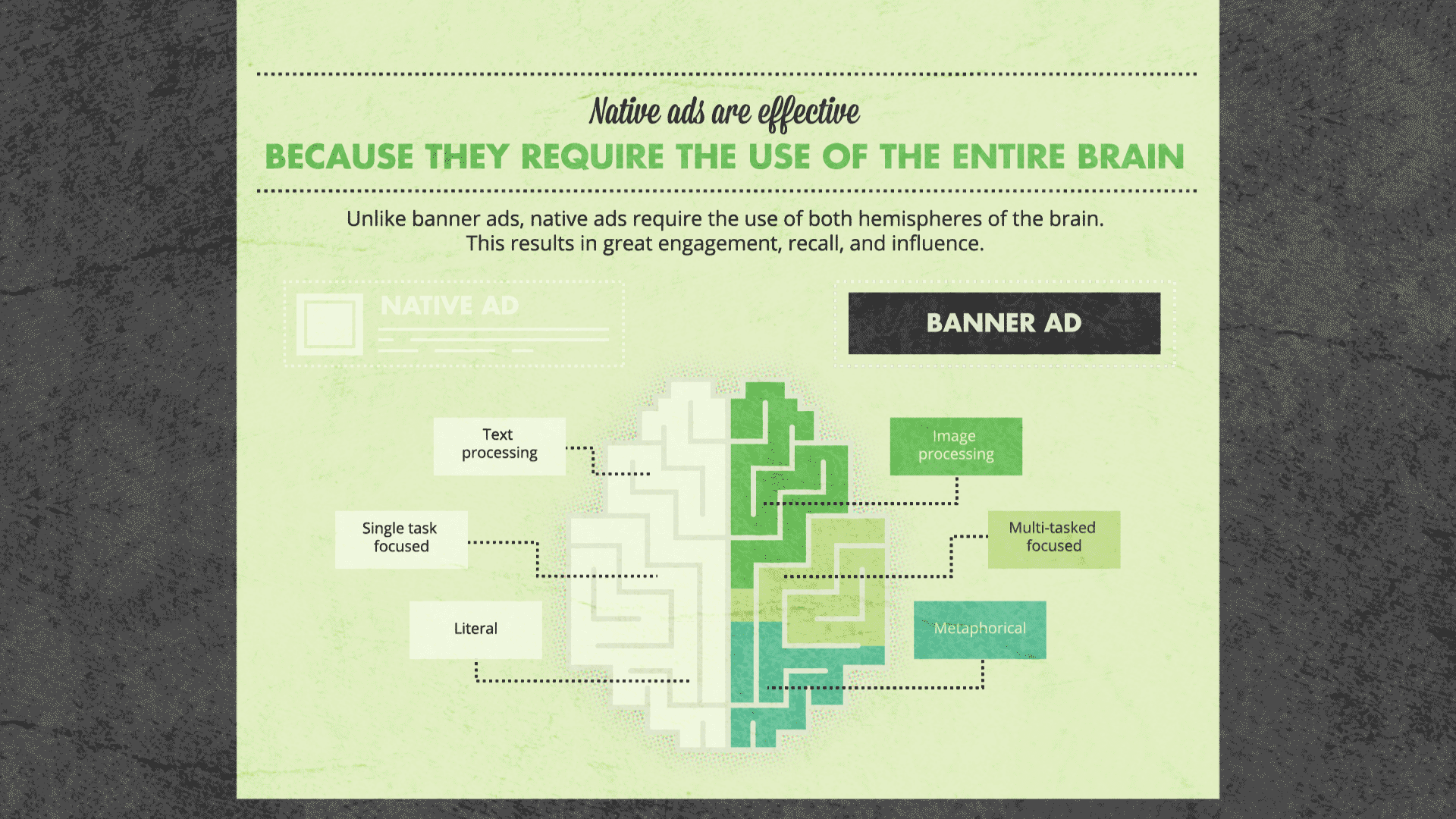
To learn more about the science behind native ads, as well as best practices for optimizing your brand’s own native ads, download this free e-book.

- Find out how to get the most mileage from your content by Maximizing Your Publishing with Microcontent.
- Learn everything you need to know about visual content in The Ultimate Guide to Visual Content Marketing.
- Get the most eyes on your content by reading The Ultimate Guide to Content Distribution.

